Oct 11, 2022
In this week's class the lecture elaborates about the history behind color and explore colouring bridging craftsmanship techniques and technology, to explore alternative colour sources and their processing. Ranging from plant based, insect base and bacteria based pigments.
Our assignment is to create modular elements, structures and connections that allow the user to change the shape of a garment, resize it or replace certain elements.
1. Weekly Documentation planning
2. Dyes

Being honest, I had no experience with BioChromes. After deep diving into the subject I realized it is an extensive topic and it could make you feel disoriented with the amount of information, steps and ingredients required. But I didn´t want to just skate over the surface to skip this week's assignment, that's why I decided to document in the best way possible, so anyone with no experience (like me) understands what is going on. Let's go!
"A dye is a colored substance that chemically bonds to the substrate to which it is being applied."
There are two types of dyes: natural dyes and synthetic dyes. Natural dyes are non-toxic, biodegradable, and generally have higher compatibility with the environment when compared with their synthetic counterparts.

I took inspiration and explore ideas in Dekel Dyes Blog and Maiwa hand prints blog. Both have amazing and detailed documentation. Specially the Maiwa Blog, that has super useful resources like the Natural Dyes page which is from I got most of my information and recipes, and also have an School of textiles with awesome paid curses and free lessons and documentaries. I strongly suggest to check them out.

2.1. Natural Dyes
Natural dyes are dyes or colorants derived from plants, invertebrates, or minerals. Almost all parts of the plants like roots, bark, leaf, fruit, wood, seed, flower, etc produce dyes.
Although natural dyes have several advantages, there are limitations as well. Tedious extraction of coloring components from the raw material, low color value, and longer time make the cost of dyeing with natural dyes considerably higher than with synthetic dyes. Some of the natural dyes are fugitive and need a mordant for enhancement of their fastness properties.
For the dyer, the fibre world is divided into two types: animal (pro-tein) fibres such as wool, hair, and silk; and plant (cellulose) fi-bres such as cotton, linen, ramie, and hemp. As mentioned earlier, yarns are the easiest to dye. Woven materials require care to get even coverage. A suitably large dyepot is very important.
BioChromes are any pigment produces by a living organism.




These are the steps of the whole workflow for natural dyeing that we followed, taken from Cecilia's Lecture:
All measures in dyeing are based on the weight of dry material to be dyed.
Deep Dive into each steps
1. Measures, records, WoF

Any project you want to dye or eco-print should get started by weighing the fabrics, yarn, or fibers when they are in a dry state.
If you are guessing the amounts of mordants and dyes stuff, this can result in under-usage, meaning you will not get the results you want. Or in over-usage which is a waste of resources (and therefore money) and possibly polluting. By working with WOF as a reference we can now use resources like mordants and natural dyes in percentages relating to the original weight.
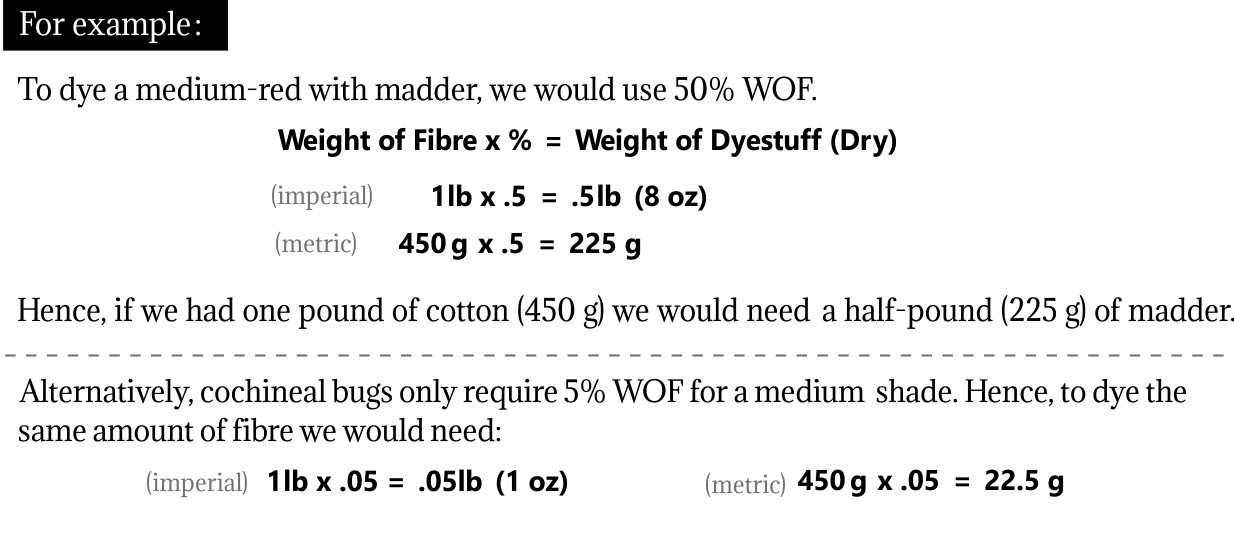
I worked with two kind of fibers Animal (silk) and Vegetal (cotton, linen).

2. Scour the cloth or yarn
In regard to fibers means: to free or clear fabrics or fibers from impurities like dirt, grease, pectins. The word 'scouring' is most used in relation to wool, cotton is 'boiled out', silk is 'boiled off' or de-gummed.
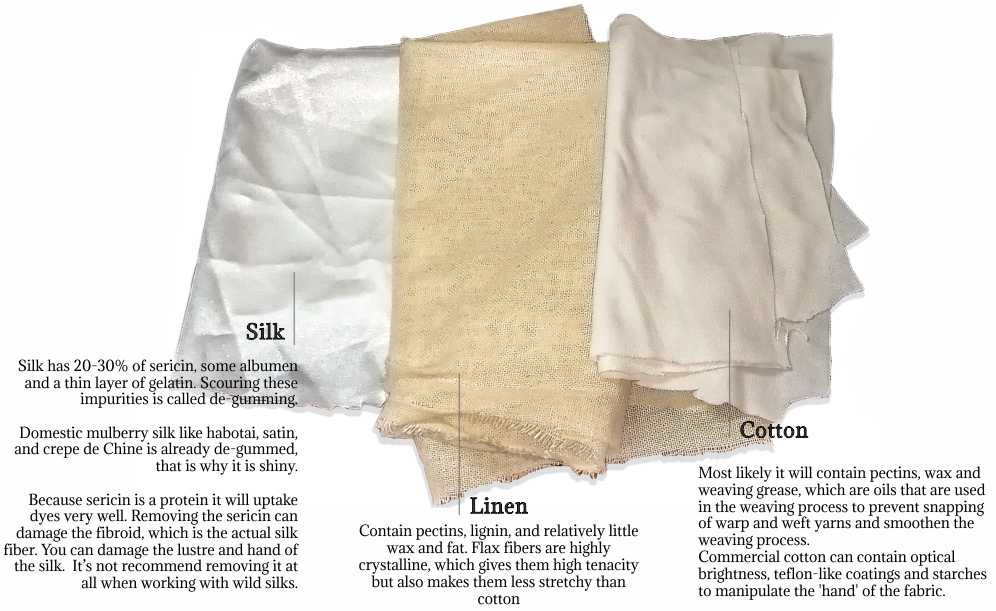
Yarns and fabrics need to be scoured before dyeing. Soured items dye more evenly, the dye penetrates better, and dyed colours are more lightfast and washfast.
Here's the process that I follow with the fabrics that I picked:
3-4. Mordant & Tannins
Colourfast dyeing usually requires a mordant. Mordants are metallic salts that facilitate the bonding of the dyestuff to the fibre. Here you can see the difference between an unmordanten and mordaten fabric:
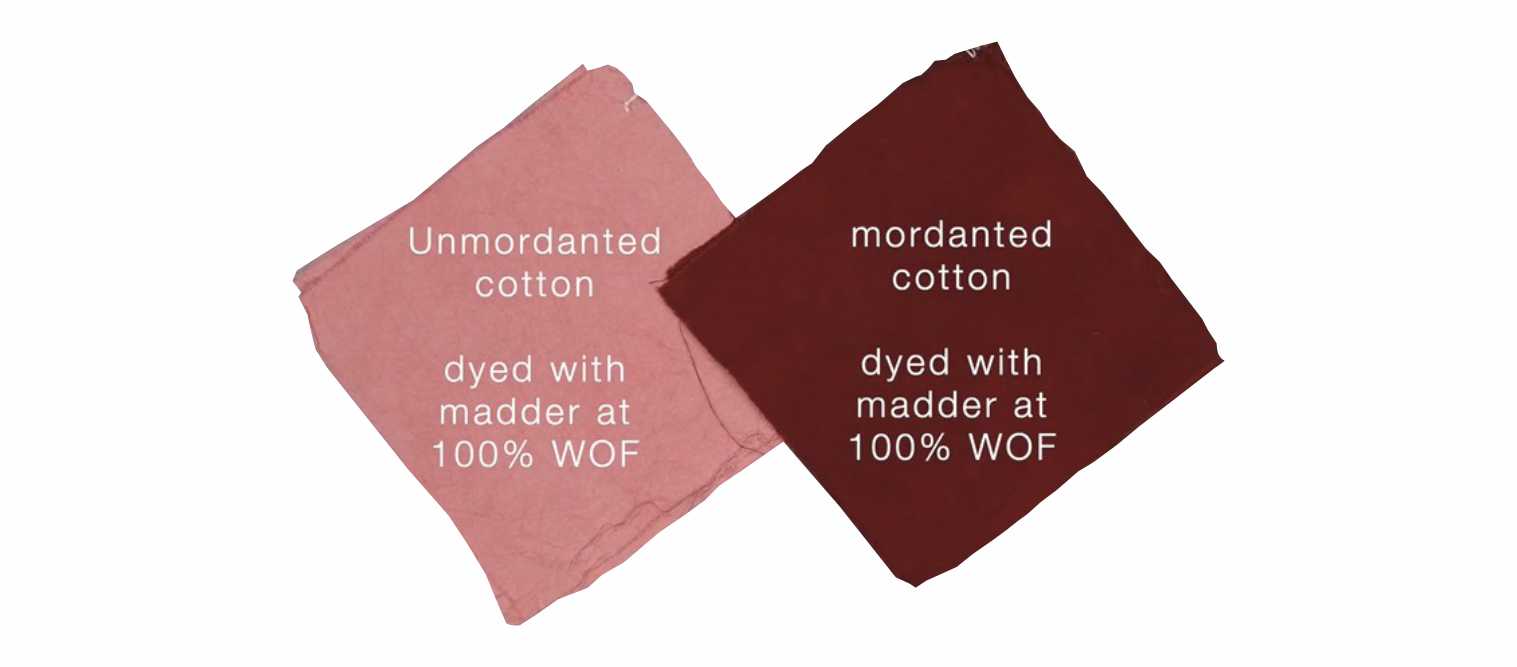
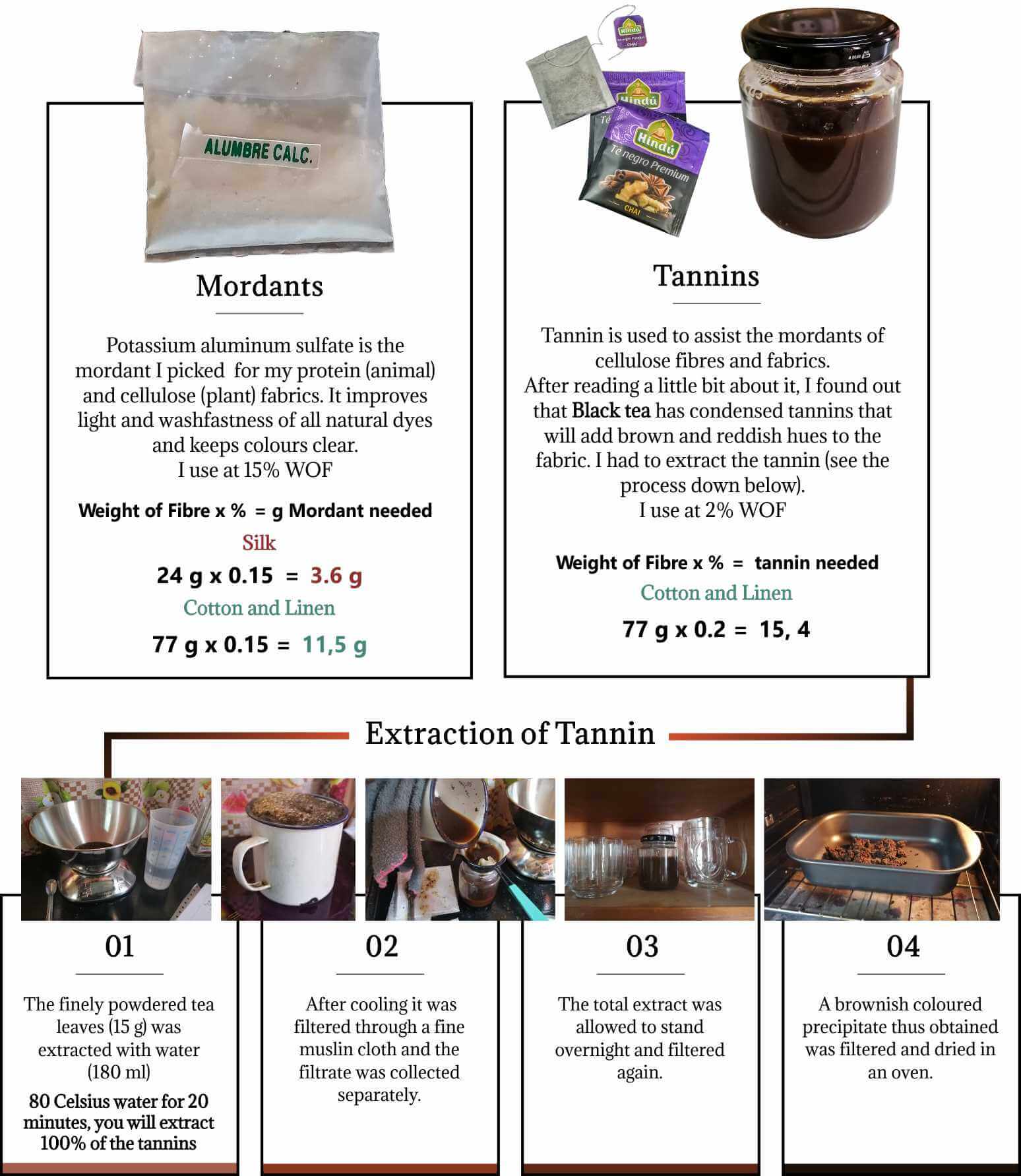

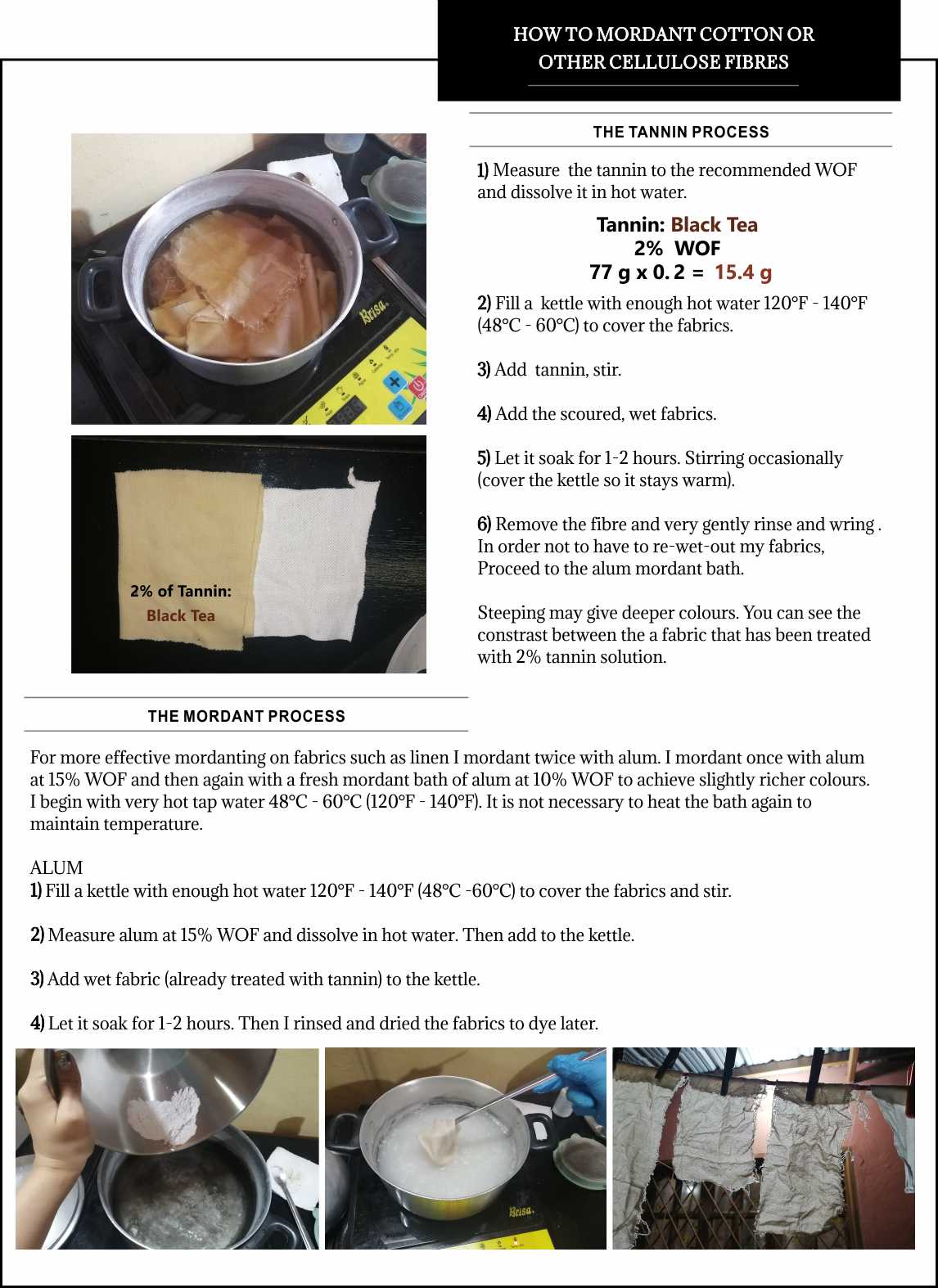
5. Dyeing
Here I document the standard procedure that I used and show my results. I choose two natural dyes to work with: Turmeric & Beetroot


"An ink is a coloured liquid that is applied to a surface and is absorbed by, but not bonded to the surface."
Ink Composition:
Vehicles & Binders:
I decided to try creating inks with Turmeric, Beetroot and the Black tea tannin. I use water and ethanol as vehicles and vinegar and alum as modifiers.
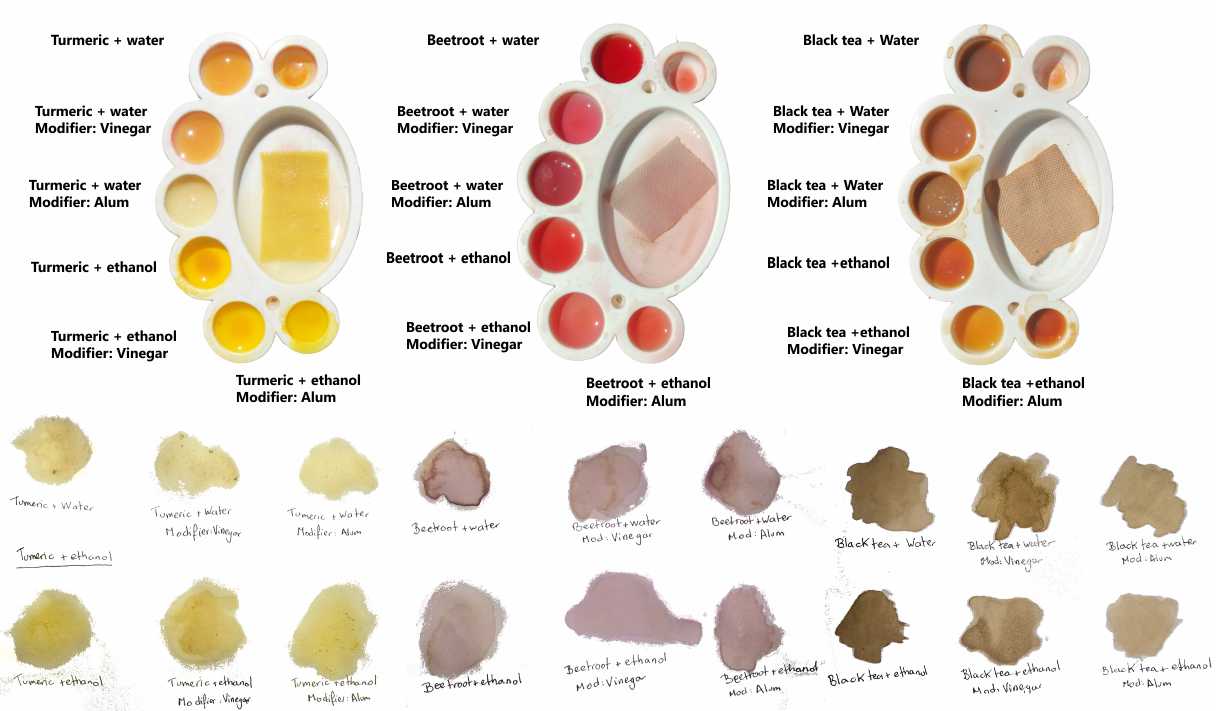
The inks worked well and by mixing with various elements I was able to get shades of each color forming a very beautiful color palette. Ending my week with the biochromes
What is WOF and how do you use it?
7 Different Tannins and Ferrous Sulfate in Eco Printing.
Mordants and tannins. Assists and modifiers.
DEKEL DYES- Sustainable Natural Dyes, Mordants and Eco-Fabrics STORE. Shipped to all over the world